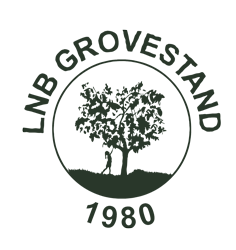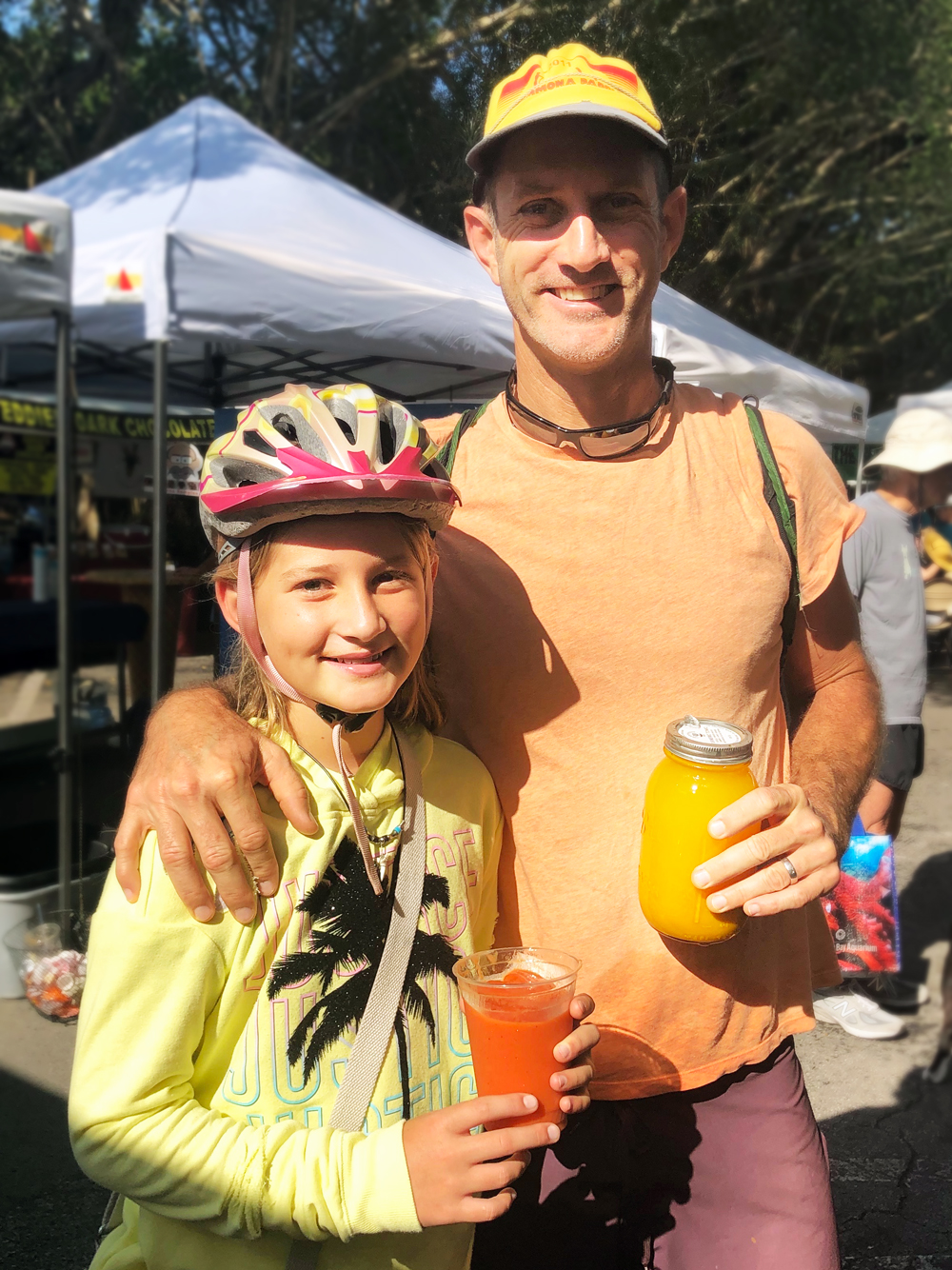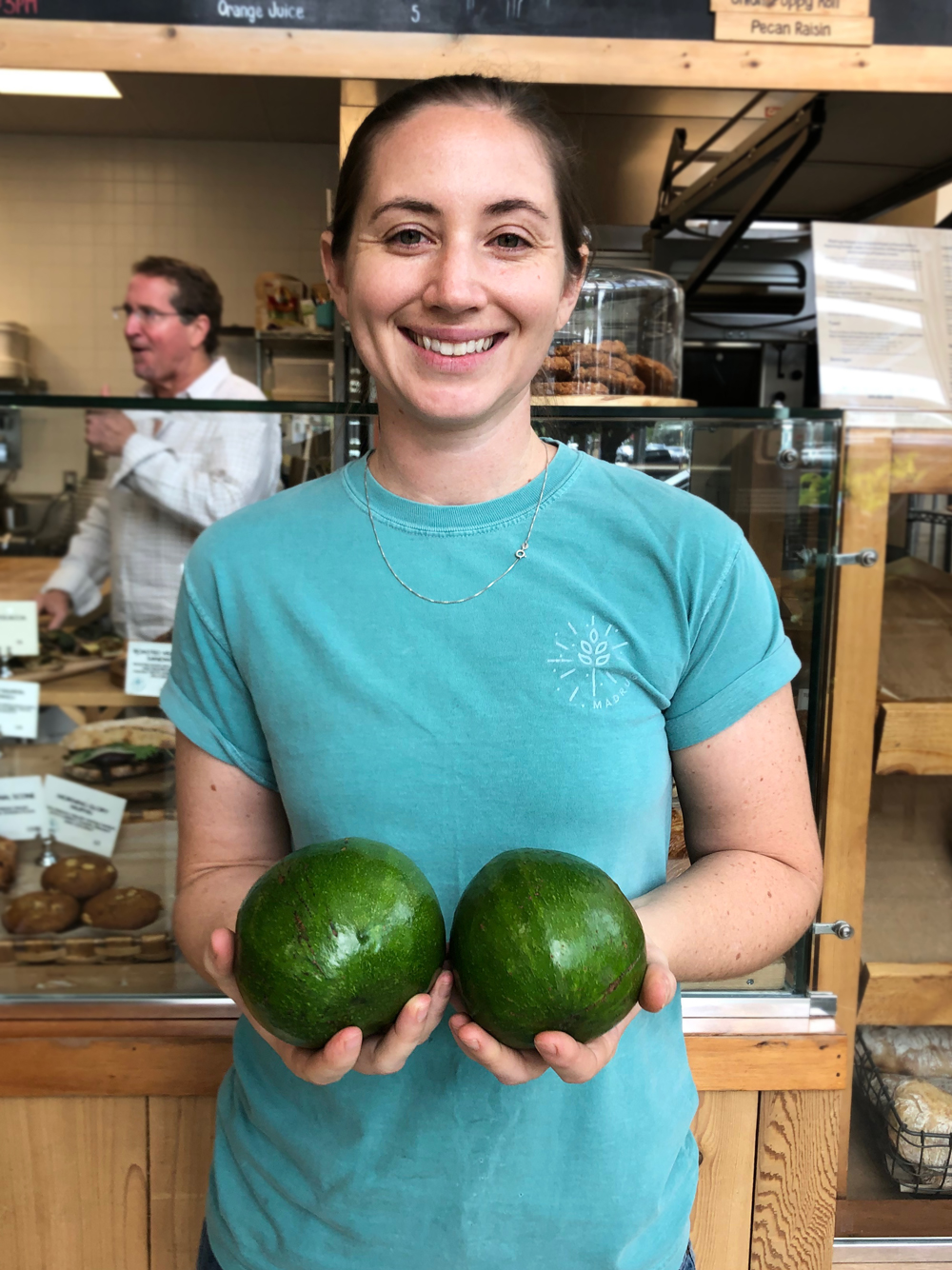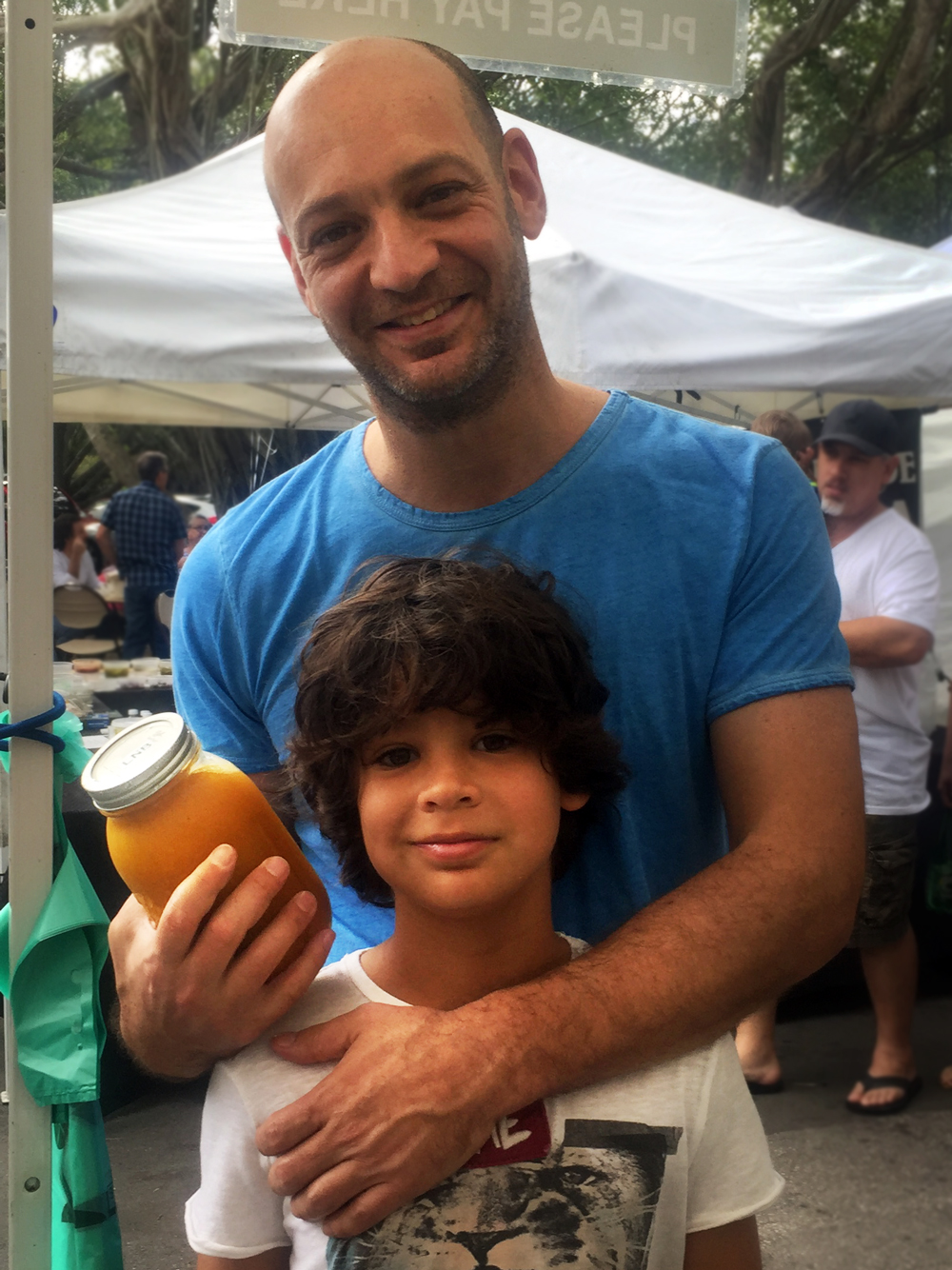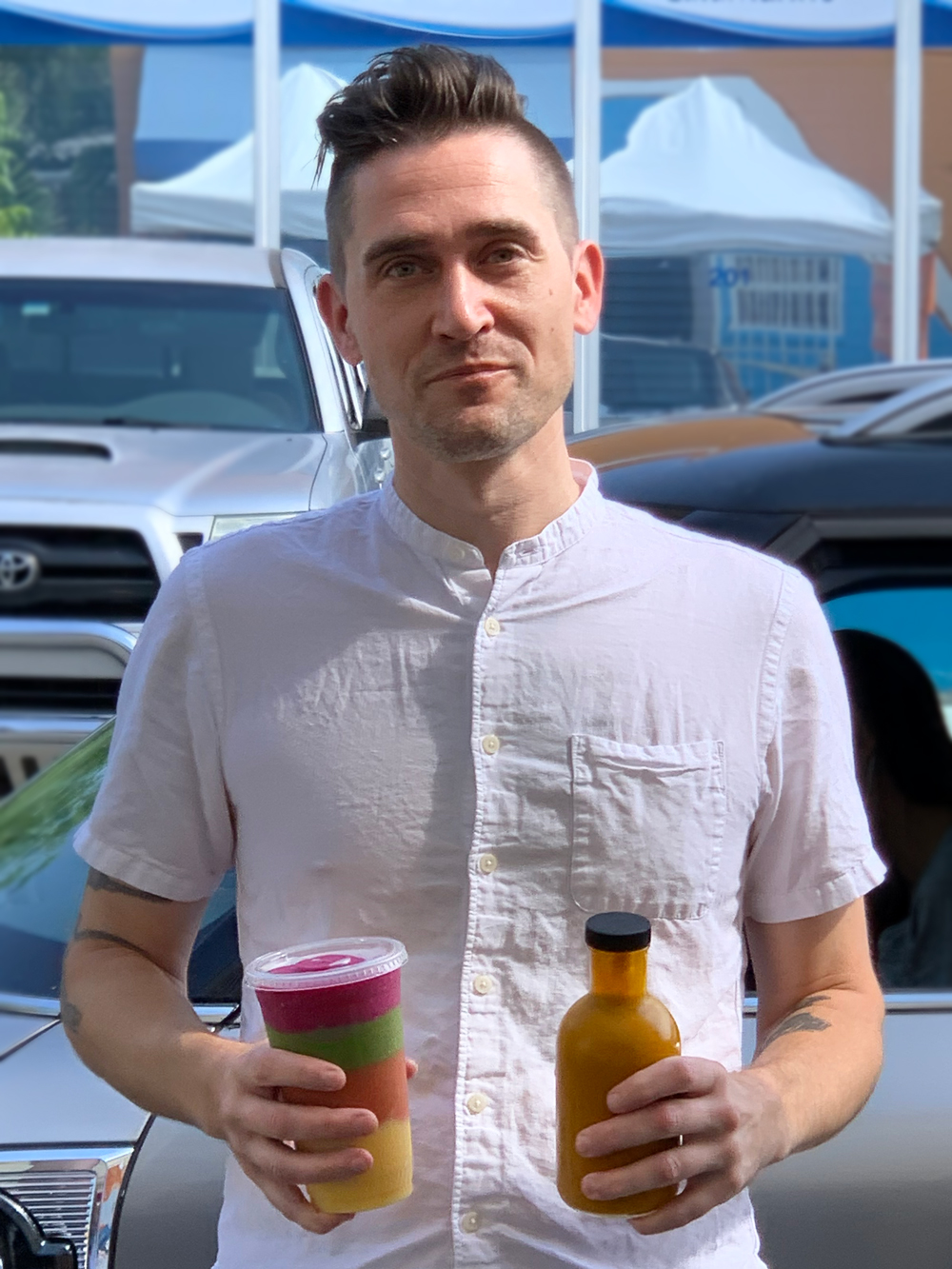
Joel
Name:
Joel
In what part of town do you live?
We live in South Miami. We moved here at the end of 2018, about a year before the pandemic. So, we were new to a place and trying to get used to it right at the moment when we got completely isolated from the place, which is really a tough way to enter a new city in a new context. We were in the Northeast, in Boston, for 20 some years before here.
What brought you to town?
My wife, Cynthia, and I both teach at the University of Miami. I received a tenure track offer in the School of Architecture. It seemed like a really great opportunity. I’d already been teaching for a long time and there was a new dean who was trying to reinvent the school in certain ways. It felt like an interesting fit and an opportunity for us to come down and try something entirely new.
In what way is the dean trying to reinvent the program?
He is trying to bring new technology and new ways of doing architecture to a school that on one hand, has a long tradition and history, but on the other hand, probably has been neglecting some of the more contemporary developments in architecture. He recruited me to start thinking about some of that stuff.
What kinds of technology are you bringing to the program?
My specialization is in digital fabrication, robotics, and new technologies. They are now at the scale of hobbyists, but they are coming into architecture as a possibility. I’ve spent the last two semesters teaching some of my students how to build architecture with robots. We’ve been making large-scale prototypes and things like acoustic clouds and ideas for structural components. Once the demand is high enough, everything will be constructed using these technologies. And frankly, I consider it my responsibility to get these students prepared for a world in which architecture isn’t what it used to be.
Is it typical that architecture teachers also practice?
In architecture that is absolutely the rule. It’s a pretty essential component. In other professions you might publish research or write books.
What is your practice like?
We’ve done a couple of renovation projects that look like architecture, but really what we love and our medium of interest is public art. We do a lot of installation projects and temporary art projects that are related to the research that we’re doing. They use innovative methods, but they’re not also quite at the level of being ‘real architecture.’ They’re not houses, they’re not buildings, they’re suggestions of what the future of building might look like. But they are really for the purposes of public art.
Would you describe on of your installations?
I think probably the easiest one to describe is our last public piece in Boston, which was called Lost House. The premise of the project started with an abandoned piece of land in Boston. There was originally a house built by a woman in the mid 1800’s, which was very rare. Sometime in the sixties, it went abandoned when the area went through an economic collapse. It’s now owned by the city. We found it to be almost a crime against the area, that the government was waiting on a developer to find value in it before actually doing anything with it. We fell in love with the site and decided on a ‘ghost version’ of a house. It took on some of the aspects of the original house that was there, but then also tried to make it as unfamiliar as possible. Essentially, it looked like a bunch of columns that branched out as trees and then connected to other columns and that when put together made a canopy that suggested a roof line of a house. As you walked around, it would change form because from the front it had the image of a house, but as you moved around it looked occasionally just more like trees and these branching structures. Inside the middle, we had a simple set of benches so that people could come and now actually use the site.
Was the city on board right away? Or did you have to jump through hurdles to get approval?
So many hurdles! The city of Boston makes claims about being very progressive about this stuff, both about wanting public art, but also wanting people to imagine the uses for these spaces. There’s such a culture of liability and legal wrangling in the US as a whole. We had to get approval from not just the city but four or five local community groups that would sign up that they trusted us to do it.
When you and Cynthia design together, how do you get to one vision? Do you share a similar aesthetic, or does it take a lot of arguing to wrestle an idea to reality?
We both love the same things and the same outcomes, but to get there, especially during design, we kind of go through so much ugly stuff first. We have different tactics or obsessions that might be how we originate a project and then we work back and forth, it’s a dialog of differences. It comes to a point where we totally agree. My obsessions are about geometry and structure. She is much more invested in understanding the vision or image of an object and its relationship to what it might mean culturally. When you add those things together, you’ve got a complete object. But, it takes a lot of back and forth for it to happen.
What was your path to opening a practice together?
We met in Boston while we were at Harvard for graduate school. We were never sure that we would ever practice together. We started by going off to work at different firms in the Boston and Cambridge area. We were both working for people that had academic ties and connections. I had never intended to become an academic, but then one of my former teachers took over the program at MIT and recruited me. That started setting the path. From there we got an installation project and Cynthia and I just decided that we would do it together. It seemed like a really fun opportunity for us to take these ideas that we’ve been thinking about and bring them to life, and so we started moonlighting. At one point I was working full-time, teaching two classes at MIT and starting this project.
How did you discover LNB?
When we moved here, we started dipping our toes into Miami. In Boston, we were very used to farmer’s markets and a great culture where we knew the people that we bought our produce from. We could consistently count on finding locally focused characters making delicious food and stuff. We found you at the Pinecrest Market with your colorful rainbow smoothies when our daughter was at the stage where we were always managing her attention and just trying to get her to be happy out in the world long enough that we could also be out in the world. The Rainbow Smoothie became an immediate hit. It’s become a weekly or every other week habit for us.
What else do you pick up when you come?
One of the things that happened at your Grovestand is that we were introduced to new Miami specific fruits that I am now completely in love with – like Black Sapote. You had to convince me to let it rot before I ate it. That’s what we did and I completely fell in love with it. Also, your sweetheart lychees. They are amazing.
What other local businesses do you frequent that you might recommend?
I can speak about breweries. When I first moved to Miami, Lincoln’s Beard had this thing called recess, which was meant for parents of young children to come and hang out and have beers. It’s a super good vibe, really mellow place. After that, Unseen Creatures, which is in the same area. They’re focused on almost terroir level yeasts and other things to produce their beers. It’s just spectacular and I totally love their stuff. The other one would be Tripping Animals. It’s a little further afield. I will take a pilgrimage, at least once a week to one of these, to buy our stock of beer.
What’s Miami’s best kept secret?
One of the secrets for me is the stranger fruit that is around that is very particular to this area.
What for you is a worthy splurge?
My wife and daughter are of Asian descent and in Boston there was a wealth of Asian food. It’s hard to find here, but yesterday, my wife and I decided that we would take a date lunch and we went to Hutong. It’s expensive, but really great Chinese food. What wouldn’t be a splurge in Boston was a very worthy splurge here.
What community or philanthropic groups are important to you that you might like to promote or share?
The University of Miami does have outward facing events sometimes that I think are really great. Even within the school of architecture, we have public reviews – which just passed. I think those are really interesting and should appeal to a broader community and group. What you would have discovered is that almost the entire cluster of students was doing work, that was not just about the production of architecture, but had a real earnest agenda towards changing in the world. Now, questions of resiliency, sustainability, and social justice are part of the education here and part of what my students are concerned and care about.
Would you like to share a pitch about your practice or anything else?
We are experimental and community focused. You will definitely get something very conscientious from us, and we’re very engaged and formally invested as well. If you’re interested in questions like ‘how we can market and make a future for the built environment that is just better. ‘ That’s what we were actively engaged in. Currently the seawall design that I’m working on is one that acknowledges that people will move away. So eventually, if sea levels get high enough, we’re going to be leaving a sea wall behind. How can you leave something behind, which is better than what was there when you got there.
What question would you like to ask us?
As somebody who has an inside view from the farming and agriculture part of that world, what is your take on pressures of sea level rise? What do you think about the future of Miami with sea levels? Are you optimistic or pessimistic?
(A+W) It is scary and difficult to think about. Optimistic or pessimistic forces us to think that ‘We’ are the center of the universe and it’s about ‘Us.’ If you asked the sea if she was optimistic, what would the answer be? Right now, we are very out of balance in all worlds. It will take a unified globe to solve sea level. The pandemic is an interesting test. Can we solve that as a collective whole? We have a solution if we can become unified, And, if we can achieve one goal, maybe the larger ones are solvable too.
What questions, challenge, or words of advice would you like to pose to the readers?
The challenge that I would pose is that I think Miami is such an amazing city when it’s most accepting and when it gets the largest influx of people. I think that’s what makes Miami such a special place. As pressure ratchets up due to the changes in climate and sea level, how do we act as a community and as a culture that continues to be inclusive, that continues to invite people?
Related Posts
Leave a Reply Cancel reply
You must be logged in to post a comment.
